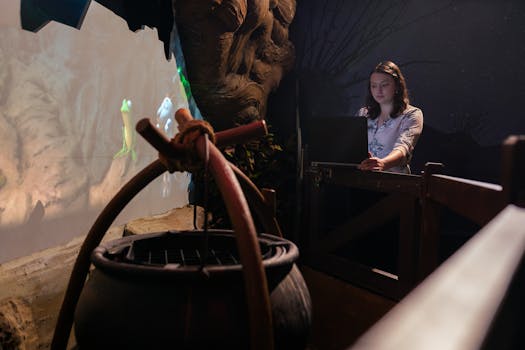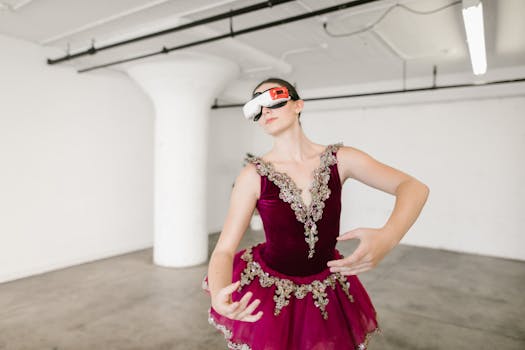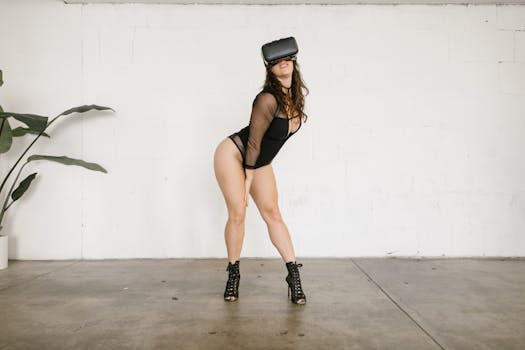
Exploring the Future: Virtual Reality Art Installations
Takeaways: Virtual reality art installations are revolutionizing the way we experience art, creating immersive environments that engage the senses and challenge traditional boundaries. These installations blend technology and creativity, offering audiences a unique opportunity to explore and interact with art in innovative ways.
As technology continues to evolve, so does the landscape of contemporary art. Virtual reality (VR) art installations have emerged as a groundbreaking medium, inviting audiences into fully immersive worlds that defy the conventional limits of physical art. In this article, we will explore what virtual reality art installations are, how they are created, and the impact they are having on the art world.
What Are Virtual Reality Art Installations?

One of the most exciting aspects of virtual reality art is its ability to engage multiple senses. Artists can use sound, visual effects, and even haptic feedback to create a multi-dimensional experience that captivates the viewer. This level of immersion can evoke a strong emotional response, allowing audiences to connect with the artwork on a deeper level.
The Creative Process Behind VR Art Installations

Once the digital assets are created, they must be integrated into a VR platform, which can involve coding and software development. This is where the technical aspect of VR art becomes crucial; artists must understand how to navigate VR software and hardware to create a seamless experience for viewers. Tools such as Unity and Unreal Engine are commonly used for this purpose, allowing artists to build interactive environments that respond to user input.
Another important consideration in the creative process is the design of the user experience. Artists must think about how viewers will interact with their installation. Will they be passive observers, or will they have the ability to manipulate elements within the VR space? How can the installation guide their journey through the artwork? These questions are essential in crafting an engaging and memorable experience.
The Impact of Virtual Reality on the Art World

This shift in perspective is not only transformative for audiences but also for artists. Virtual reality offers new avenues for creative expression, allowing artists to explore themes and ideas that may be difficult to convey through traditional mediums. For example, VR can simulate environments that reflect social issues, enabling viewers to experience and empathize with different perspectives.
Moreover, VR art installations have the potential to reach broader audiences. With advancements in VR technology becoming more accessible, artists can share their work with people around the world, transcending geographical barriers. Virtual exhibitions and online VR galleries are becoming increasingly popular, allowing art lovers to experience installations from the comfort of their own homes.
Conclusion








